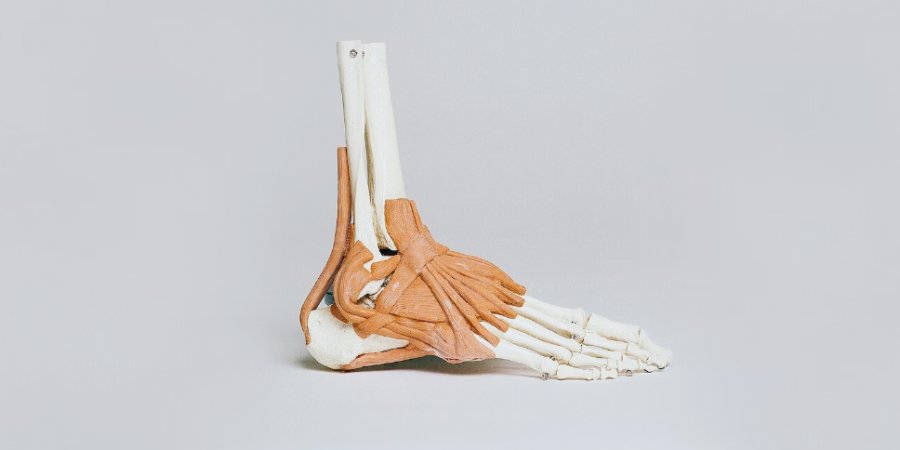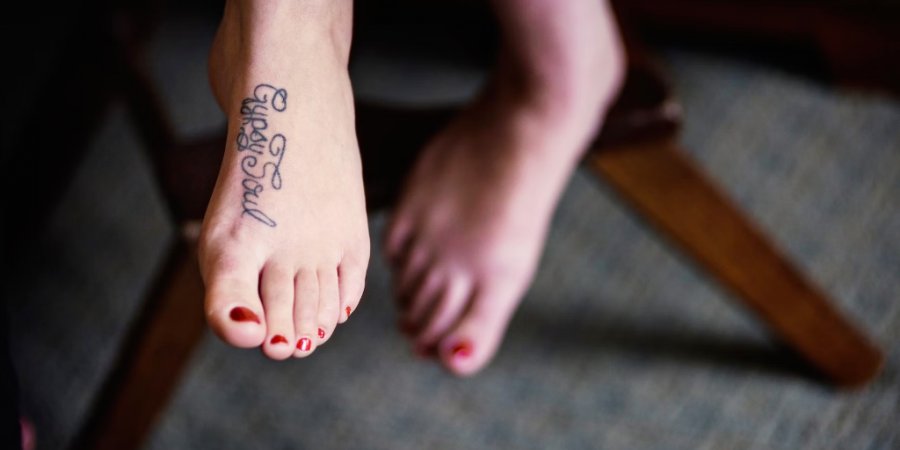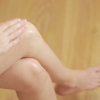Home > Blog > Cosmetic Surgery
Cosmetic Surgery on Toes: What You Need to Know

Cosmetic surgery on toes, also known as aesthetic toe surgery, is a growing trend in the field of cosmetic surgery. This type of surgery focuses on altering the appearance of the toes to achieve a more pleasing aesthetic look or to fit into certain types of footwear. However, it's not just about aesthetics. Many of these procedures also aim to correct physical problems that cause discomfort or pain, making this a field that combines both cosmetic and corrective elements.
Understanding Cosmetic Toe Surgery
Cosmetic toe surgery is a specialty within a specialty, not offered by most podiatrists or foot surgeons. It requires a foot specialist with experience in this specific area of podiatry. When patients come in for cosmetic foot surgery, the first questions asked are usually about what they want done, what displeases them, and what is causing them pain.
The nature of this type of surgery is such that it often involves corrective procedures that coincide with the cosmetic outcome. In other words, while the primary goal may be to improve the appearance of the foot, the procedures often also address and correct underlying foot deformities or problems. This dual-purpose approach is one of the reasons why some practitioners refer to this type of surgery as "Corrective Cosmetic Foot Surgery".
Common Types of Cosmetic Toe Surgery

Bunion Surgery
Bunions are one of the most common targets of cosmetic foot surgery. A bunion is a painful condition affecting the joint between the forefoot and the big toe. When this joint becomes unstable, the big toe starts to drift toward the other toes, creating a large bump on the side of the foot and causing pain.
Bunion correction procedures aim to realign the joint by various methods, such as inserting a tension band compression plate along the side of the big toe. This plate, which cannot be seen or felt due to its low profile, provides superior stability for the joint and remains in the foot after surgery, reducing the likelihood of a recurrence of the problem.
Hammertoe Surgery
Another condition often corrected by cosmetic foot surgery is hammertoe. Hammertoe is a toe deformity in which the toe remains in a curled position and is unable to straighten out. This condition is typically caused by wearing tight or uncomfortable shoes that force the toe(s) into a bent or flexed position for an extended period of time. Hammertoes may also develop secondary to bunions.
Hammertoe correction procedures involve surgical fusion of the joints. In these procedures, the damaged joints are removed and a small device is inserted into the toe to hold the bones in place. This device allows customization to each patient’s unique toe anatomy, offering several advantages over other fusion procedures.
Toe Shortening and Lengthening
Some patients may seek cosmetic toe surgery to alter the length of their toes. This can involve either shortening a toe that is perceived as too long or lengthening a toe that is perceived as too short. The specific procedures used can vary depending on the individual patient's needs and the surgeon's expertise.
Cosmetic Surgery on Toes: Risks and Considerations

While cosmetic toe surgery can offer significant benefits, it's important to note that any surgical procedure carries risks. These can include infection, nerve damage, and the potential for an unsatisfactory aesthetic result. Furthermore, some procedures, such as those that significantly shorten the foot or narrow it by a size or two, carry extremely high risk and inconsistent outcome rates. Therefore, it's crucial that anyone considering cosmetic toe surgery fully understand the potential risks and have realistic expectations about the results.
Detailed Risks
Infections and Anesthesia-Related Problems
Like any surgical procedure, cosmetic toe surgery carries the risk of infection. This can occur at the site of the incision and can sometimes spread, leading to more serious complications. Additionally, problems related to the use of anesthesia can arise. These can range from minor issues like nausea and vomiting to more serious complications like allergic reactions or breathing difficulties.
Failure of Bones to Properly Fuse
In procedures that involve the fusion of bones, there's a risk that the bones may not fuse properly. This can lead to instability in the foot, ongoing pain, and may require additional surgery to correct.
Formation of Scar Tissue and Nerve Damage
The formation of scar tissue is another potential complication of cosmetic toe surgery. This can affect the appearance of the foot and may also cause discomfort or pain. Additionally, nerve damage can occur during the surgery, leading to numbness, tingling, or even loss of function in the affected area.
Impact on Balance and Mobility
A significant consideration with cosmetic toe surgery is the potential impact on balance and mobility. Alterations to the structure of the foot can affect the way weight is distributed and how the foot functions, which can in turn affect balance and mobility. This can limit your ability to participate in certain activities, such as sports or dancing.
Professional Recommendations
It's worth noting that several professional organizations, including the American College of Foot and Ankle Surgeons (ACFAS), American Podiatric Medical Association (APMA), and the American Orthopaedic Foot and Ankle Society (AOFAS), discourage the public from undergoing foot surgery for cosmetic reasons alone. They assert that if your feet are functioning well and are not causing pain, the risks of surgery outweigh the benefits.
However, if you are suffering from a painful condition such as a bunion, these types of procedures can help. Before deciding on any surgical procedure of the foot, it's recommended to consult with a podiatrist that is Certified by the American Board of Foot and Ankle Surgery. They will be able to give you a thorough examination and outline all your options along with any risks associated with the procedure(s).
The Controversy Surrounding Cosmetic Toe Surgery

Despite its growing popularity, cosmetic toe surgery is not without controversy. Some medical professionals argue that performing surgery on a pain-free, well-functioning foot for purely aesthetic reasons is inappropriate. They point out that the foot is a complex biomechanical structure made up of numerous bones, ligaments, and tendons designed to bear the patient's weight during walking and exercise. When this mechanism is disrupted, even with an apparently minor procedure, the patient's ability to walk comfortably may be irreparably damaged.
Furthermore, critics of cosmetic toe surgery argue that the poor results achieved with these procedures is a public health problem that arises from pressures on women to be stylish. They suggest that women should understand the consequences of their choices and make informed decisions about whether to undergo such procedures.
Alternatives to Cosmetic Toe Surgery
For those who are experiencing foot pain or discomfort but are hesitant to undergo surgery, there are several non-surgical treatment options available. These include physical therapy, prescription orthotics, and ultrasound-guided cortisone injections. These treatments can increase the range of motion in the joint, decrease swelling and pain, address structural abnormalities in the foot, and help redistribute load.
Conclusion
According to experts who write for us on beauty and cosmetic surgery, cosmetic toe surgery is a complex field that combines elements of both cosmetic and corrective surgery. While it can offer significant benefits to those who are unhappy with the appearance of their feet or who are experiencing discomfort due to foot deformities, it is not without risks. Therefore, it's crucial that anyone considering this type of surgery fully understand the potential risks and benefits and make an informed decision about whether it's the right choice for them.
More to Read:
Previous Posts:






